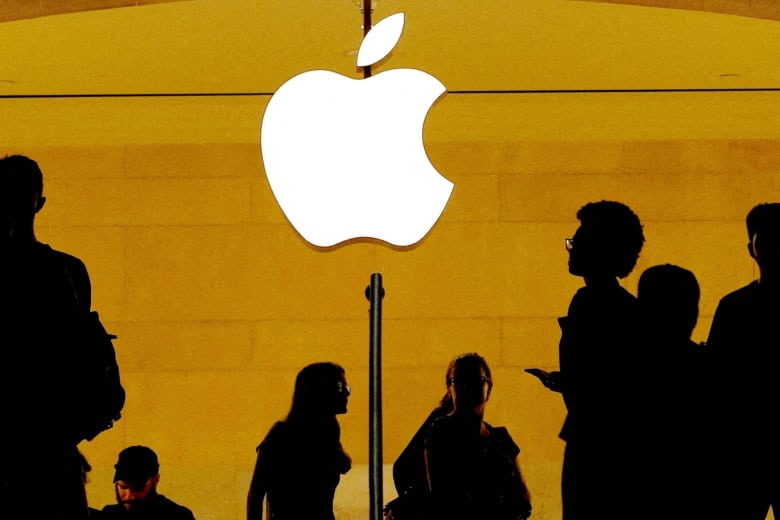We all have heard the stories of how Jeff Bezos, Steve Jobs, and Bill Gates started their multi-million dollar worth companies in their respective garages. Like America, India also poses enormous entrepreneurial talent that needs to be honed, encouraged, and appreciated. To cultivate and provide the same window of opportunity to the young entrepreneurial soul of India, SEBI has adopted one of the Nasdaq’s like-minded listing strategic platform.
Image source: exante.tu
INNOVATORS GROWTH PLATFORM (IGP)
Innovators Growth Platform (IGP) is a significant step towards building a real-time, liquid public market platform for new economy companies both for raising funds as well as exploring exits. – Definition given by NSE
IGP in layman’s terms
A company with intensive use of technology, information technology, intellectual property, data analytics, biotechnology, or nano-technology in their businesses have a reformed pathway to carry out the procedure of listing or delisting themselves in Indian stock exchanges and gain access to a wide pool of investors.
Making of IGP
Sebi introduced the Institutional Trading Platform (ITP) in 2015. The platform is essentially aimed at facilitating new-age companies operating in sectors like e-commerce and data analytics. But it failed to gain much-needed attention in the eyes of investors and SMEs. Hence, SEBI introduced radical changes to the ITP and renamed it as the Innovators Growth Platform (IGP) in December 2019.
Image Source: economic times
Reformed IGP
SEBI recognized that for the sake of ease in carrying out the listing process and bring in more liquidity in the SME labeled platform, there can be a scope of improvement.
Image source:ETtech
- To encourage companies to list on the platform, SEBI modified the investment parameters.
Earlier, in ITP, investment allotment in IPO was a minimum 200 which is now reduced to 50 in IGP. The minimum application size was INR 10 Lakhs and that was reduced down to INR 2 Lakhs.
- To boost liquidity in the SME market, a new set of investors are introduced by SEBI.
It acknowledged that, In India, most family offices have been structured as trusts. Family offices are currently sitting on $2.1 trillion of assets. So, the regulator established Accredited Investors which are a new set of investor’s category that includes investments made by individual investors, HNIs, super angels, etc.
- To provide less stringent norms, twenty-five percent of the pre-issue capital of the Issuer Company for at least a period of two years, is to be held by investors. Whereas, earlier, At least 25% of the pre-issue capital of the company was to be held by specifically Qualified Institutional Buyers or Any other company with at least 50% of its pre-issue capital held by Qualified Institutional Buyers.
- Migration of listed companies from IGP to the mainboard (regular category market).
Unlike in ITP where the issuer can migrate to the main board only after 3 years of listing, a minimum listing period of one year is required by the Company to shift to the mainboard.
Image source: yourstory
Is it another too good to be a true scheme for issuers?
The eventual aim of all start-ups is to graduate to the mainboard. The IGP has paid-up capital thresholds and investor participation limitations which could work for initial stage start-ups but do not fit the bill for start-ups once they have grown and diluted their stakes. Moreover which at this given time is not probable given the 20% minimum promoter stake requirement continues to exist. At the time of making the application for trading under the regular category of the mainboard, the number of shareholders should be a minimum of 200. The company should have a profitability/ net worth track record of 3 years or have 75% of its capital as on the date of application for migration held by Qualified Institutional Buyers following the ICDR Regulations for mainboard listings. Although, the regulator has said the IGP can be designated as the mainboard platform which is stated in ETtech. Consequently, that may eradicate the problem from its roots. On the contrary, isn’t India’s environment favorable enough to nurture the entrepreneurial ecosystem? If yes, then why to disrupt the conventional system of listing a company on the mainboard (regular category)? After all, SEBI also has to safeguard the interests of the shareholders.
By Priyanshi Shah



